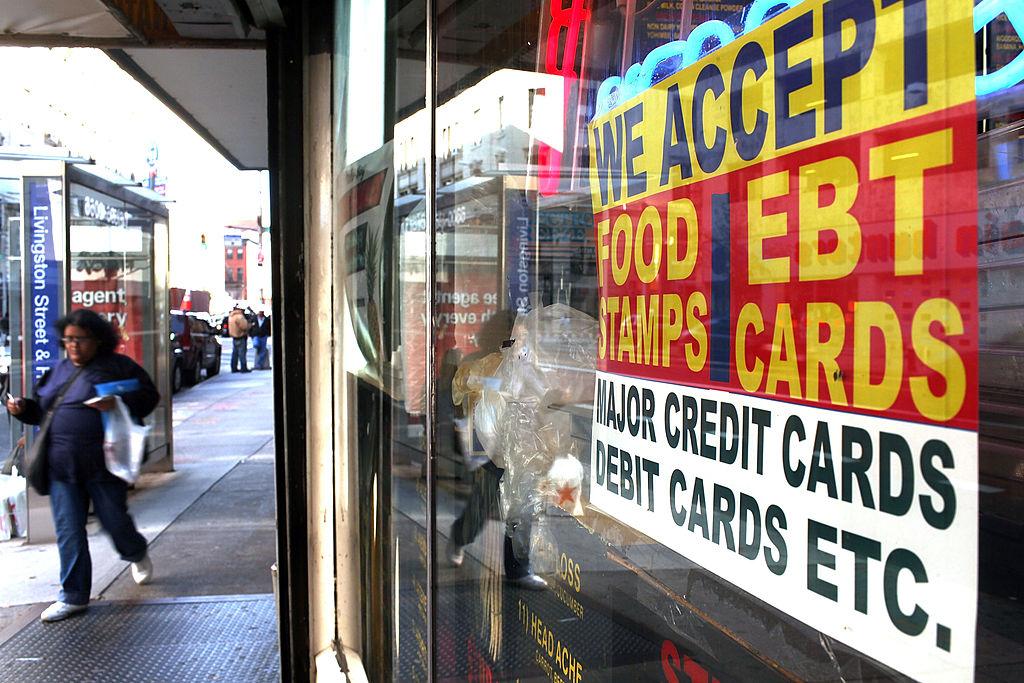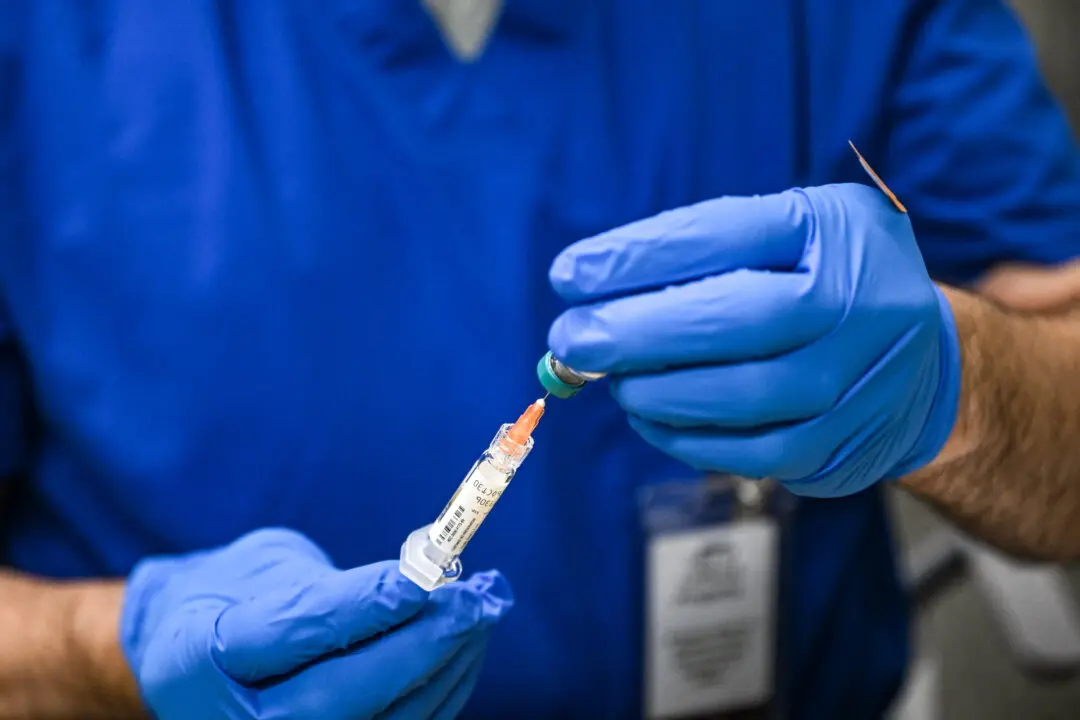A bill that would require drug tests for some Alabama food stamp recipients was introduced to the state House of Representatives on March 5.
Under existing law, no food stamp applicants are required to be tested for illegal substances, nor are current recipients required to be tested to stay on the program, known as SNAP (Supplemental Nutrition Assistance Program).





